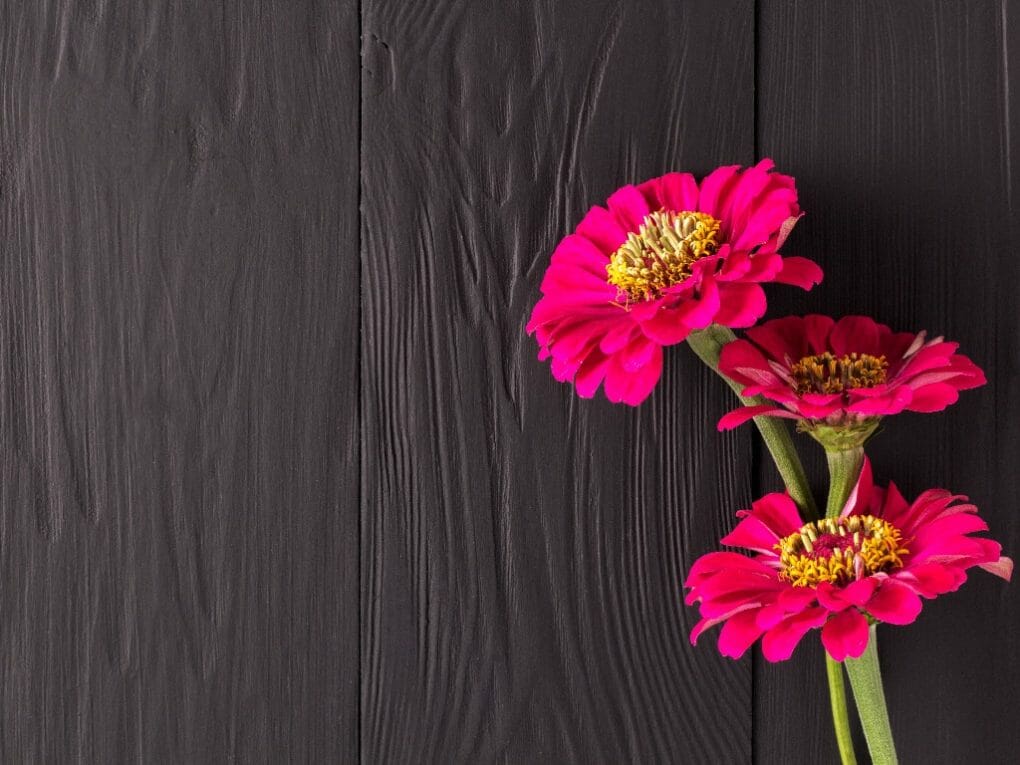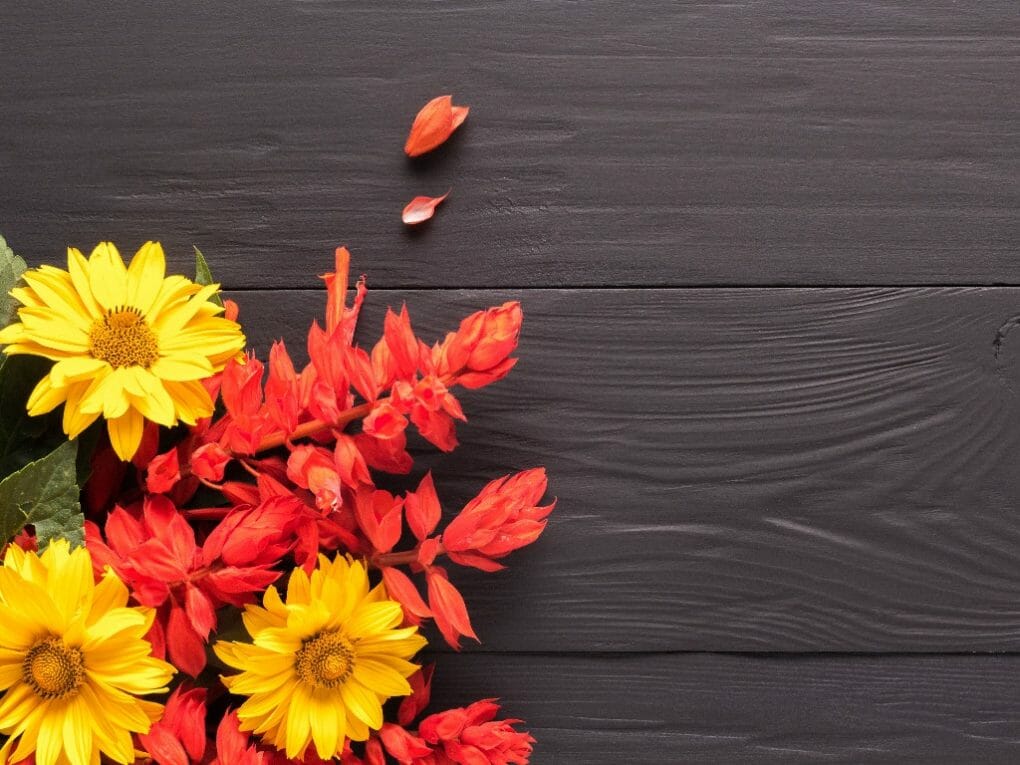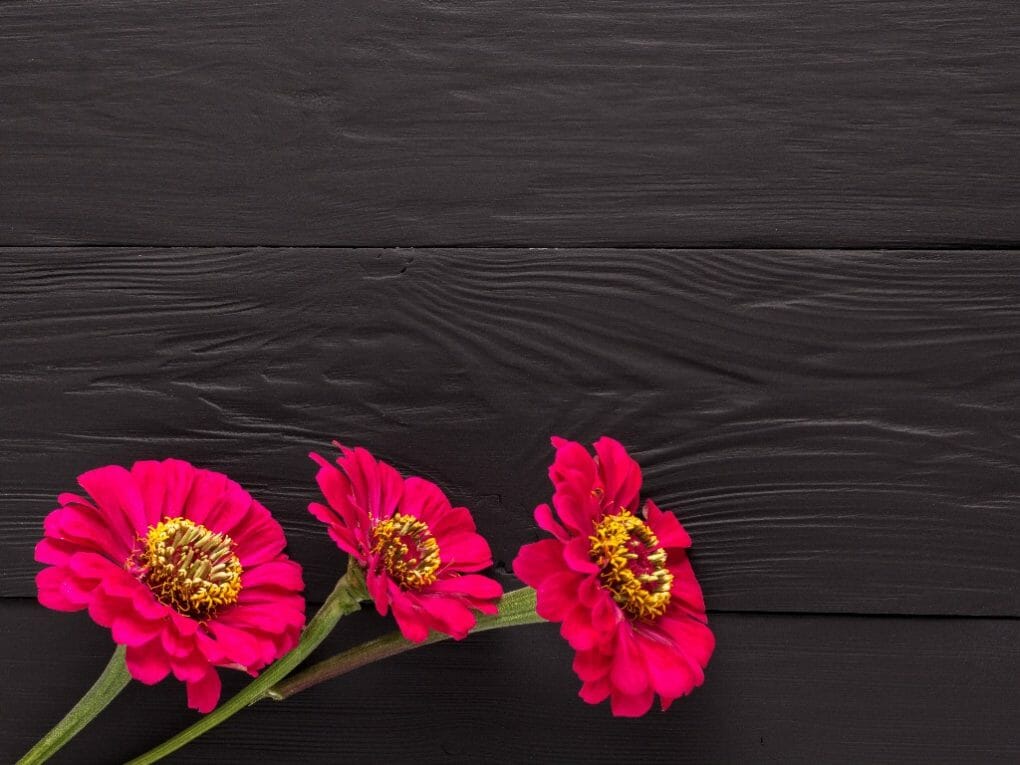Deadheading Zinnias | Great Tips to Apply in Cutting Your Favorite Flowers

When the zinnia flowers begin to fade, you will notice that they are not as bright as they once were. If you prune your zinnias now, you can encourage the growth of new flowers later. You can cut off the dead heads of zinnias every week when you pick new flowers for your kitchen or bathroom or put them in vases as gifts for your friends and neighbors. Even though deadheading isn’t necessary, it can still be good for plants.
Table of Contents
The Right Time to Deadhead Zinnias
When zinnia flowers start to dwindle, it’s time to begin deadheading them. You can regularly harvest flowers indoors throughout the growing season and create unique bouquets to share with friends and family.
It could be a good time to deadhead zinnias when taking yard waste to the curb for collection. Deadheading zinnias can be done at any time after the flowers have faded. Think about saving some seeds for next year by letting some of the dead flowers hang around after the season is over.
Where to Deadhead a Zinnia
If you choose to deadhead the zinnia low on the stem, you will get a plant growing lower to the ground. The reverse also applies if you deadhead the zinnia higher on the stem. Cutting a zinnia back at any point will cause it to branch there, produce new stems, and then flower. Removing leaves that prevent photosynthesis is not an issue because they are active growers. You can cut a zinnia back to the nearest set of leaves, or you can opt to cut them further down. The decision is up to you. Either way, the zinnia is a very forgiving plant.
Since zinnias are annual flowers, they don’t always come back next year. This means you can do a few things to increase the chances of getting more zinnias.
- Don’t cut off the last flowers. Instead, let them go to seed.
- Save these to use as seeds for next year.
- You could also spread the seeds from the previous zinnia flowers that you allow to grow more zinnias next year.
Tools for Cutting Back Zinnias
Secateurs or Pruning Shears
Secateurs, also called pruning shears, are a standard tool used by people who have house plants and like to grow vegetables.
When you buy a secateur, you should look at how well it was made and how many sizes it comes in. It’s essential to choose a model that fits the size of your hands.
When you use big secateurs, it can be hard on your hand. Also, you need to be able to use the safety catch, so you should try out the tool before you buy it.
There are also secateurs on the market for people who use their left hands. There are also different kinds of blades for secateurs.
- Bypass Secateurs- have two blades and work like scissors. This type of secateurs cuts your plant by having the blades cross each other. This makes it better for cutting thin stems.
- Anvil Secateurs- has the second type of blade. It has one edge that closes on a flat surface. This blade type is only suitable for cutting through tough stems because it doesn’t stick to a soft stem.
Gardening Shears
The most popular gardening tool, and one that is present in almost every home, is gardening scissors. Small stems can be neatly trimmed with this device.
Various kinds of gardening shears include the big soft shears used to cut flowers. These long-reaching scissors can also be used to deadhead plants with thin stems.
The cur and hold flower gatherer is another kind of gardening scissor. These lightweight scissors can cut flowers from tall plants or deadhead them.
How Often Should Zinnias Be Deadheaded?

Given that the blooms on your zinnias will last for a while, you won’t need to deadhead them all the time. It’s wise to watch the blooms to see when they begin to fade.
It will be time to trim back blooms once they begin to turn brown. Deadheading involves removing flowers that have started to turn brown and wilting areas.
It is not tricky to deadhead a zinnia, and it is also not difficult to determine when. Making the right decision will be simple for you if you pay attention to how your zinnias appear.
You should know that it won’t be the end of the world if you cannot deadhead your zinnias immediately. When your zinnias first begin to turn brown, you might not always notice because life can get busy.
When you have time to garden and notice that some blooms are turning brown, deadhead your zinnias. Your garden will maintain its best appearance possible throughout the spring and summer.
Deadheading Tips with Zinnias
- Preventing the plant from being excessively pruned is crucial. This will simply hinder the development of your zinnias.
- Deadheading is essential if you want a bunch of zinnias with brilliantly colored blooms. In this way, the old flowers are cut off so that new ones will grow in their place. The zinnia plant will grow closer to the ground if you cut off the flower heads low on the stem. The opposite will happen if you cut it off higher up on the stem. Because zinnias are so hardy, either choice will work. Picking your plant back will help it grow long stems in the future when it is still young. The key to colorful, bushy blooms is to cut off the dead heads.
- To know when to cut off a zinnia’s dead flowers, look for brown or wilting ones. This is how you know when to cut them off so the other flowers can shine. Using hand pruners, cut off each flower one at a time, leaving enough of the stalk. It’s fine if you also take away some of the plants.
- Picking your plant back will help it grow long stems in the future when it is still young. The key to colorful, bushy blooms is to cut off the dead heads.
- Zinnias that have reached full bloom often droop from the weight of their flowers, leading some to consider cutting them.
- Don’t chop off your plant’s big blooms without first staking it. Don’t remove all the big flowers at once.
- By removing spent blossoms from your plant, you’ll encourage new ones to grow in their place.
- Pruning correctly requires using garden gloves and a light touch on the stem. If it is soft, you should not. Either one large stem or two smaller ones can be lopped off.
- If you join two stems of the same size, you can encourage the development of multiple blossoms. If you want to know if a certain stem connects to another, you need only follow it down.
- To encourage fuller, bushier growth, sever the two stems at their joint. As annuals, once your zinnias have finished flowering, you’ll need to replant them.
- When the zinnias are completely brown and crunchy, you should be able to save their seeds.
- Cut zinnias above the leaf node so that more flowers will grow where you cut the flower.
- If your zinnias grow a lot, you might not need to save seeds from all of them. Use your discretion.
- Use nippers, scissors, or pruners to cut off the spent flowers. It would help if you prepared for this by ensuring you have a high-quality pair of hand-pruning shears. You can make precise, clean cuts every time with a good pair of hand-pruning shears. When pruning zinnia, use sterilized shears to remove the plant’s top four inches below the leaves.
- When deadheading zinnias, it’s best to cut as much of the stalk as possible without damaging the plant. If you accidentally sever some plant life while making your cuts, don’t fret over it too much.
- In contrast, if you remove spent blooms from higher up the stem, your zinnias will continue to expand their height. Your zinnia can withstand any pruning you give, so don’t be timid about making the cuts where you see fit.
- After your plant has grown between eight and twelve inches tall (20-30cm), you may want to trim the top off it, according to some.
- The time of day is an element to think about. Because of the intensity of the sun’s rays, pruning Zinnias in the morning is recommended.
- Plant a tall type of zinnia will need support after a few weeks of growth. Put a stake in the ground next to the stem of the plant. Then leave a few inches of space between the plant and the stake. In this way, the plant will be able to grow.
Deadheading in Pots
- Pests such as groundhogs and woodchucks love to feast on the stems and leaves of Zinnias.
- If your garden is in this condition, you may wish to transplant some zinnias into containers.
- Deadhead zinnias in containers are just as simple as in a garden.
- As a bonus, your plants will be safer from garden pests that can cause more damage than just deadheading if you aren’t vigilant.
- Zinnias in containers require very little instruction to learn how to deadhead. Start deadheading by cutting off and removing any faded or wilted flowers. The leaf joints on the stem should be the starting point for new growth and, eventually, blossoms.
- Use the spent blooms for compost, or look for seeds to plant or save for next year.
- Remove the spent flowers from zinnias to keep them blooming longer in the garden, raised beds, or containers and pots.
Basic Care for Cut Zinnias

After you prune your zinnia, you must ensure it gets enough water. How well your plant grows will depend on how often you water it.
Zinnias should be watered in the morning. This is because if you water your Zinnias at night, the leaves won’t be able to dry out.
Let’s say that your zinnia stays wet for a long time. In this case, it has a high chance of getting diseases caused by fungi. If you water your zinnia in the morning, the leaves won’t have any water left on them by the end of the day.
There are many kinds of zinnias, some of which can get tall. If you plant a Zinnia variety that grows tall, you will need to give it something to hold on to as it grows.
You can stick a stake into the ground near the plant stem. Leave a few inches of space between the Zinnia plant and the stake.
